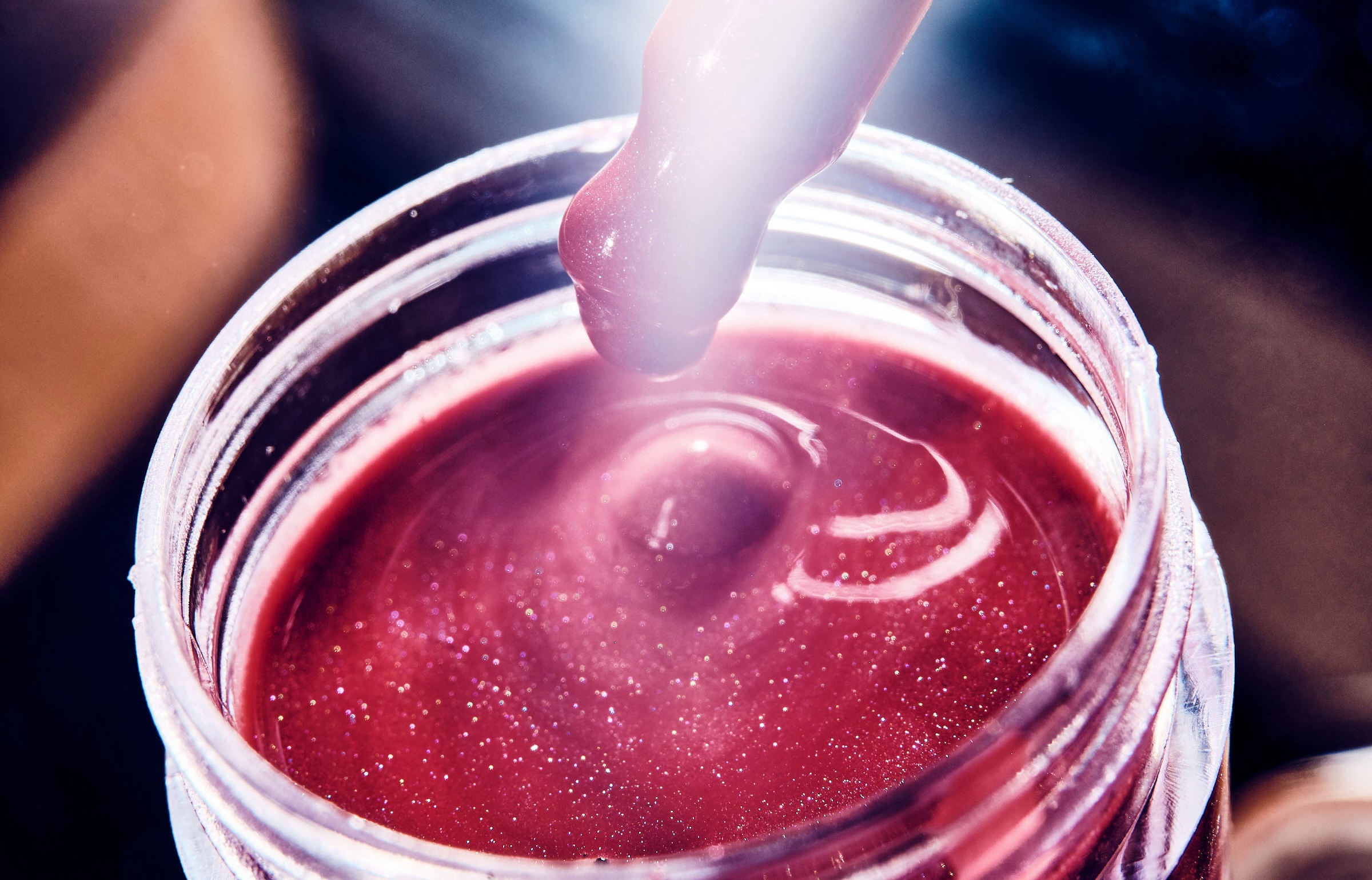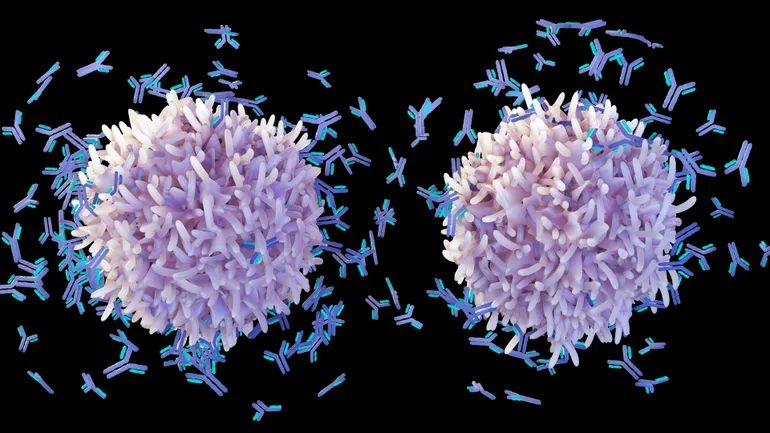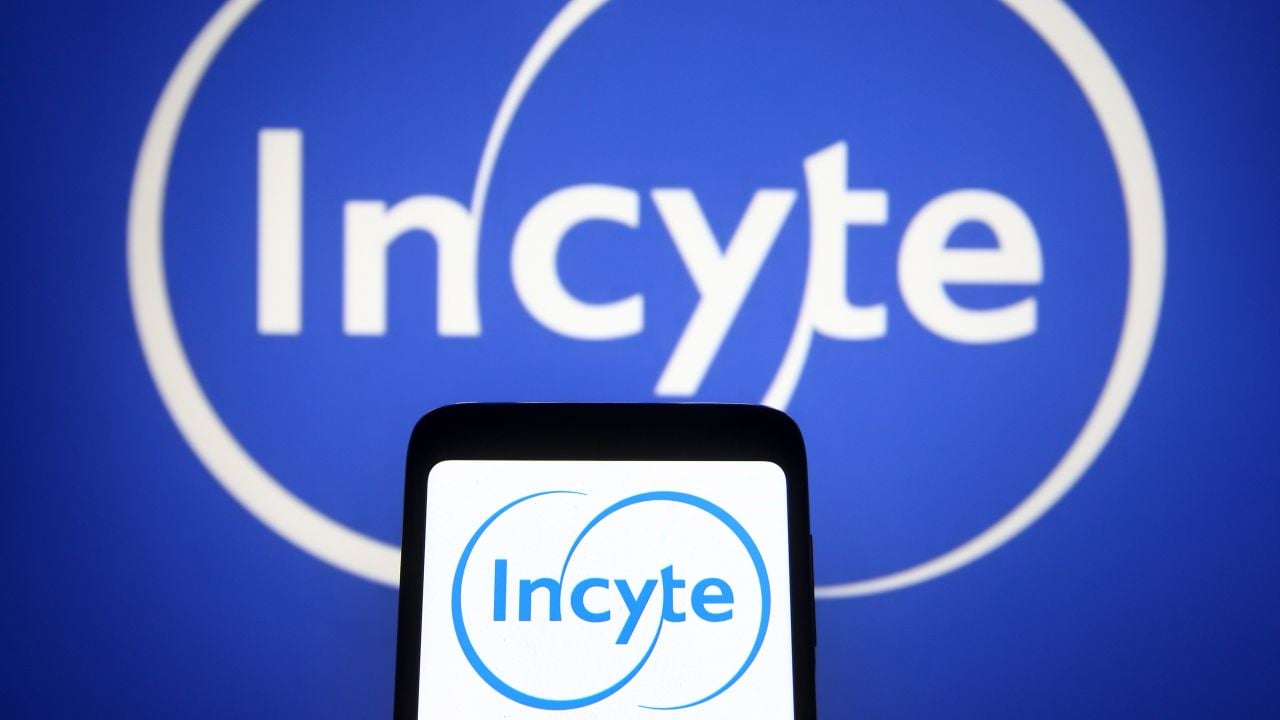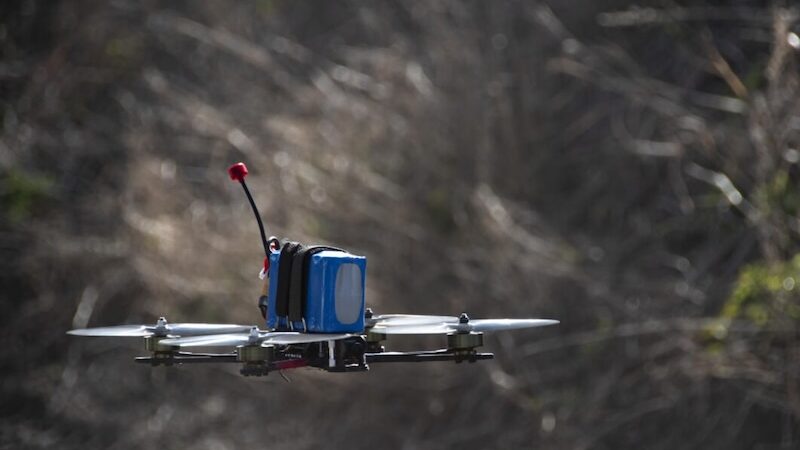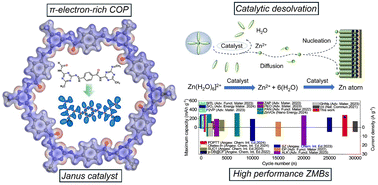Combination of Polydopamine and Plasma Oxidation Increases Tissue Integration of Polyurethane‐Silicone Copolymers for Cardiovascular Implants
Advanced Healthcare Materials, EarlyView.

Plasma oxidation following polydopamine deposition can significantly reduce the surface hydrophobicity of polyurethane-siloxanes without impacting surface roughness, thereby increasing fibroblast viability, adhesion, and extracellular matrix production and secretion. This method is suggested to be an enhanced approach to increasing the tissue integration of medical polyurethane copolymers, particularly those used in cardiovascular implants.
Abstract
Polyurethane (PU)-silicone co-polymers are increasingly favored in medical applications due to their excellent biostability and durability; however, their intrinsic hydrophobicity limits tissue integration. Polydopamine (PDA) deposition is a widely accepted method for increasing biomaterial surface hydrophilicity, though concentrations and methods vary across published literature. This study investigates the synergistic effects of PDA deposition and plasma oxidation on FDA-approved Elast-Eon E2A (E2A) to enhance cell attachment and wound healing. E2A substrates are treated with a range of plasma oxidation periods and PDA concentrations (0–5 min, 0-0.5 w v−1% respectively). The combination of 0.05 w v−1% PDA and 1-minute oxygen plasma results in the most significant reduction in water contact angle (92to 19°), increase in fibroblast adhesion (33.0–53.2 cells mm−2) and cell diameter, with an overall increase in intra- and extracellular collagen I and fibronectin. X-ray photoelectron spectroscopy (XPS) reveals significant surface chemical changes, while surface roughness remains unchanged. Whole blood adhesion tests show no change in platelet adhesion or volume. These parameters may offer an improved approach for modifying PU-copolymers to enhance cell interactions for use in current and future medical implants, including a suite of cardiovascular technologies that require both material ductility and rapid tissue integration.













































